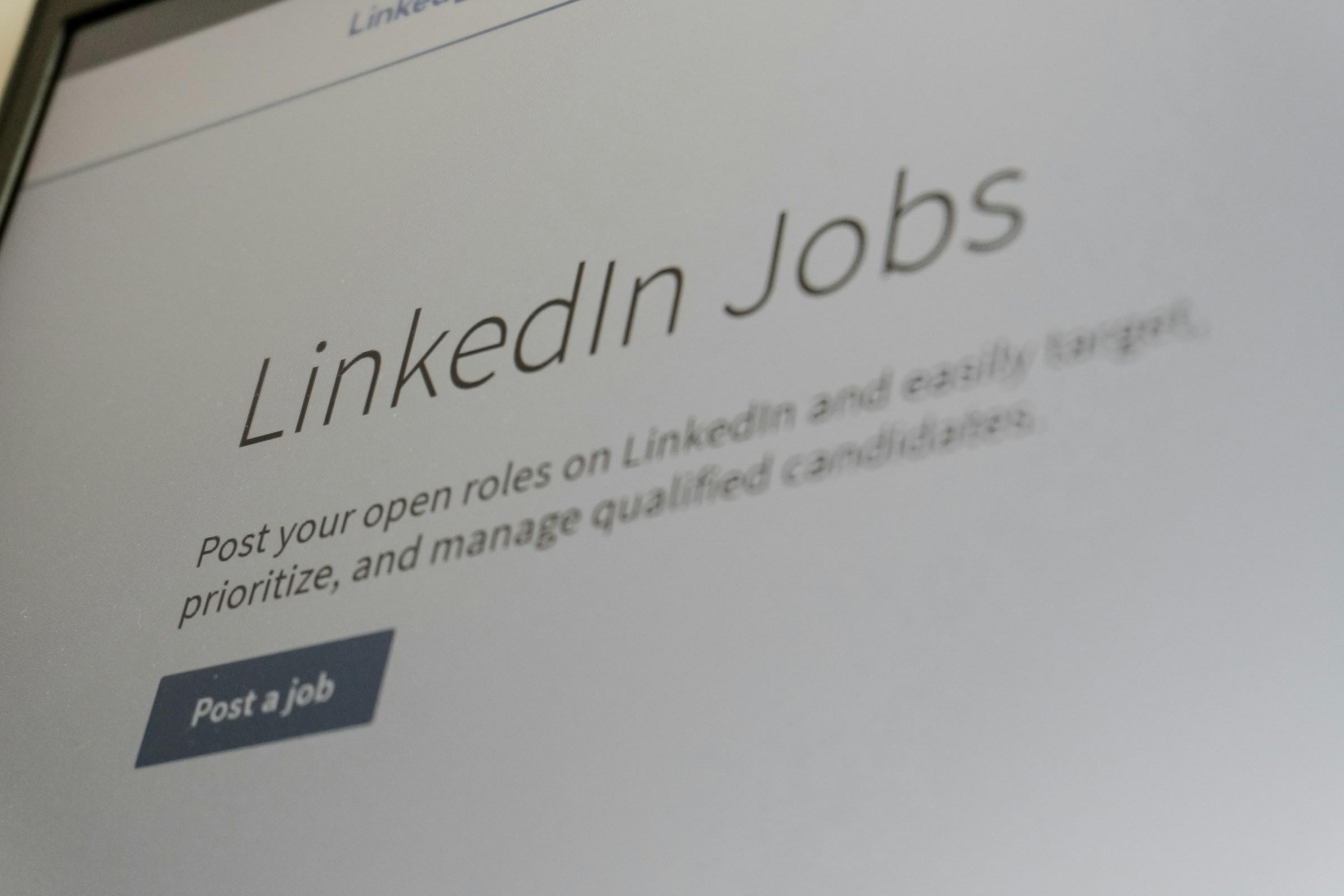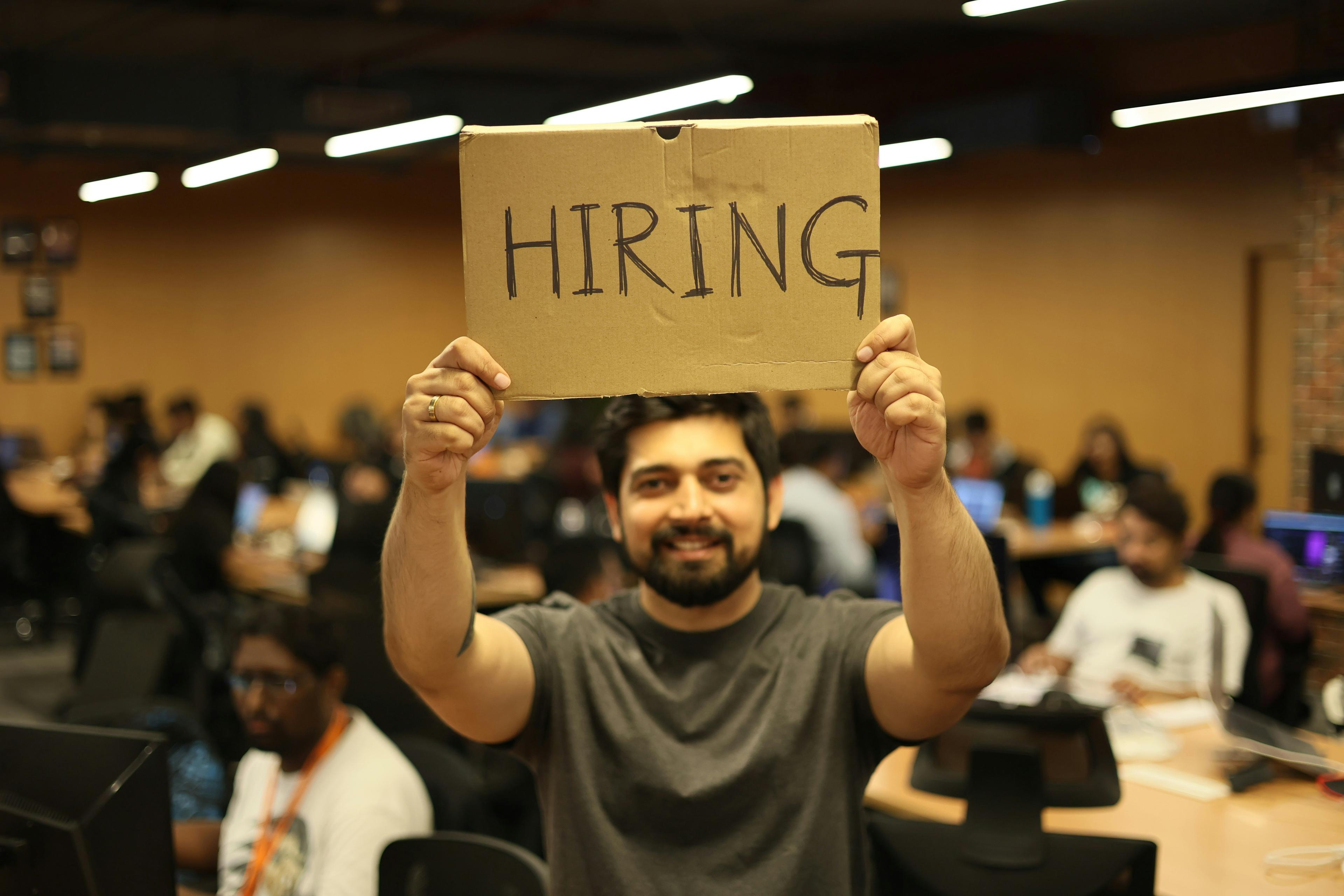AI is reshaping employment in ways that feel familiar in theory but unusual in speed. It reduces the cost of prediction and content generation, expands the tradability of services, and narrows the gap between top and median task productivity inside early adopting firms. These forces do not add up to a single outcome. They create a moving portfolio of effects that includes job redesign, faster diffusion of best practices, and a shift in bargaining power among capital, highly skilled workers, and routine cognitive roles. The most practical way to read this change is not as a story of simple displacement but as an acceleration of reallocation. The question for governments and companies is whether institutions can move fast enough to direct that reallocation toward higher wages, better services, and credible pathways for workers in transition.
At the macro level, AI raises potential output by boosting multi factor productivity in tasks that were previously constrained by human review, coordination, or document handling. As more language and decision support tasks become partially automated, service sectors become more tradable. Small firms can sell across borders with fewer hires relative to revenue. That dynamic lifts growth while weakening employment elasticity in back office and junior advisory roles. New hiring pivots toward AI operations, data stewardship, and human oversight roles that ask for different credentials than the jobs they replace. For a time the labor market will look like a paradox. Employers will talk about shortages while displaced workers see fewer entry points. The imbalance is real, and it is a sign that skill supply is lagging behind task demand rather than proof that jobs have vanished for good.
City state hubs such as Singapore and Hong Kong sit near the center of this shift. Their economies specialize in finance, law, logistics, technology services, and advanced manufacturing management. These are precisely the domains where AI can scale knowledge work. The likely result is higher value added per worker, slower headcount growth in routine functions, and concentrated hiring in compliance engineering, model supervision, and sector specific analytics. Public policy should therefore focus on the middle layer of talent that translates front office needs into reliable model behavior. Conversion programs that are short, modular, and tied to industry credentials will do more good than long, generic diplomas. Workforce agencies and education ministries can make a practical difference by funding mid career training with real income support and by making it easy for employers to trust the signal value of the new credentials.
The Gulf presents a different but related picture. Sovereign programs are investing in financial centers, tourism, and digital infrastructure. AI helps those strategies by reducing the need to import certain categories of routine knowledge work, while at the same time raising the bar for managerial and technical roles that integrate AI into service delivery. States that align immigration rules with targeted attraction of experienced technologists and domain specialists will move faster than states that rely on broad quotas. Public procurement can also pull the market toward high value use cases in health, logistics, and government services. The transition goes smoother where national training funds are connected to employers, and where digital identity systems make it simple to verify skills and work histories across borders.
Wage outcomes under AI depend less on sector labels and more on the mix of tasks inside a role. Jobs that combine high trust with specialized judgment are likely to capture a share of the productivity gains as higher pay. Jobs built on first pass synthesis, formatting, or basic analysis will feel pressure on entry wages and on the depth of their career ladders. This is not a verdict on white collar work. It is a reminder that many organizational hierarchies used time served as a proxy for quality. AI weakens that proxy. Firms will promote fewer people into broad managerial layers that supervised large teams of junior analysts. They will pay more for product owners, risk stewards, and client facing specialists who can turn AI assisted output into decisions that meet regulatory and contractual standards.
The distribution of gains across cohorts depends on how governments handle three friction points. The first is training liquidity. Workers cannot suspend income for months to retrain unless someone helps them bridge the gap. Wage top ups during accredited upskilling, income contingent loans, and tax treatment that classifies mid career study as investment rather than consumption are not academic ideas. They are the difference between participation and non participation. The second is credential signaling. If employers do not trust short programs, switchers will pay a penalty no matter how relevant the skills. Standards bodies and industry councils should curate micro credentials that map to real tasks instead of course hours. The third is portability. Skills should move across borders and sectors with minimal friction. Mutual recognition agreements and skills passports help small economies pool talent and help large economies fill gaps without long delays.
Fears of net job loss are common, yet the more useful lens is task reallocation under specific governance choices. Take legal services. AI can draft, compare, and summarize at scale, which reduces junior hours in document review. The same tool expands senior capacity to manage more clients and design more complex products, once confidentiality and auditability are in place. Employment can hold steady if firms redesign roles and if regulators allow AI assisted work with proper quality controls. The bottleneck is not the model. It is governance, data access, and insurance structures that determine how much liability senior professionals accept over AI assisted tasks. The same logic applies to banking operations, insurance underwriting, and public sector case management.
Migration policy will also feel the shift. If AI lifts productivity in service hubs, fewer entry level roles will justify work permits in routine categories, while demand rises for experienced technologists and domain specialists. The composition of foreign talent inflows will change. Blunt caps will slow growth. Targeted rebalancing of quotas toward experienced hires, paired with obligations to train local teams, can protect wages while preserving innovation velocity. Clear study to work pathways for international students matter as well, because adoption depends on blended teams that combine domain context with model literacy.
For sovereign wealth funds and public investors, AI in employment is not only a bet on technology. It is a bet on institutions. Funds that overweight hubs with credible skills systems, clear privacy rules, and a practical compute strategy are buying the capacity to turn AI into tradable service exports. Places that rely on wage suppression or loose data practices may show short term cost gains but will face political and regulatory volatility that undermines returns. The investable theme is stable human capital formation and predictable governance, not just the number of chips in a data center.
Education systems need to tilt from front loaded credentialing toward modular learning that repeats across a career. Universities and polytechnics can remain anchors, but they should offer credit bearing micro programs that stack toward degrees and that are delivered with employers. Public funding should reward completion and job placement rather than enrollment alone. Quality assurance must evolve. Instead of scoring programs by inputs and faculty ratios, agencies should assess task level competence under standardized and proctored settings that use real workplace tools. That protects the signal value of education and makes it flexible enough for workers who cannot step out for long periods.
Labor protections will be tested by the speed of change. Traditional unemployment insurance fits cyclical downturns more than skill mismatches that can last years without targeted help. Wage support tied to training, portable benefits for contractors who serve multiple employers, and regulated earned wage access can reduce stress without dulling incentives to learn. The policy goal is to keep mid career workers from sliding out of the labor force when they sense their skills are losing value. Early, dignified intervention is cheaper than long term detachment.
Data governance will shape where AI intensive jobs land. Firms cannot build or deploy useful models without lawful, reliable access to domain specific data, and they cannot sell AI augmented services to global clients without verifiable privacy and audit trails. Jurisdictions that align privacy law, cross border transfer rules, and sector secrecy obligations will attract higher value AI roles in health, finance, and public sector outsourcing. Jurisdictions that leave legal ambiguity unresolved will host sales offices without scaling engineering or operations teams. The labor market impact will be clear in the kind of teams that grow. Policy clarity is employment policy.
There is also a geographic dimension within countries. AI allows high quality services work to run with smaller, distributed teams that can sit in secondary cities if connectivity, housing, and schools are reliable. Regional development strategies can use this to spread employment beyond core districts, but only if local institutions can guarantee talent pipelines and livability. Housing supply, transport, and education are not side issues. They are inputs that decide where AI enabled firms build teams.
Public acceptance will rest on visible benefits for the median worker within a reasonable time frame. People support change when they see take home pay rise or when workweeks shorten without pay cuts, and when new roles are marketed as real pathways rather than limited privileges for insiders. Governments that make benefits visible early through tax relief on training, co funded productivity tools for small firms, and public sector adoption that shortens service delivery times will buy time for private job ladders to evolve. Governments that respond with slogans or blanket bans will not stop automation. They will only shift uncertainty onto workers.
Some displacement will be structural. Not every role can be saved by training. Policy makers should take a practical view of where to redeploy people. Health care support, eldercare technology, infrastructure maintenance, and green transition projects all offer labor intensive paths with social value. The constraint is not ideas. The constraint is the speed at which procurement and accreditation can turn budget into employment with standards that citizens trust. A national project approach with clear targets for care hours, retrofits, or digital public goods can absorb workers leaving AI compressed roles while raising long term productivity in politically important sectors.
For business leaders, the winning human capital strategy is simple to describe and difficult to execute. Hire and keep people who can explain what a model did, why it did it, and how to change the workflow so that the same task becomes safer and more reliable. Pay for cross training between domain experts and technical staff rather than chasing fully formed generalists at premium prices. Give teams safe sandboxes, clear audit trails, and liability rules that encourage adoption without encouraging recklessness. Redesign performance management so that workers are rewarded for using AI to improve process quality and client outcomes, not only for volume of output. The employment signal buried in AI is an institutional challenge. Education must become modular. Migration must be selective and predictable. Privacy, auditability, and compute should be treated as labor enablers rather than side files for innovation teams. Wage support and training finance must move people into the roles that AI creates rather than guarding tasks that AI can already perform. A pro innovation posture in this sense is not about cheerleading. It is about social stability through faster, fairer reallocation, so that productivity gains convert into widely shared prosperity.















